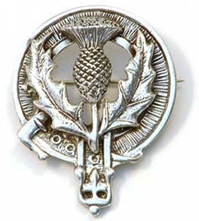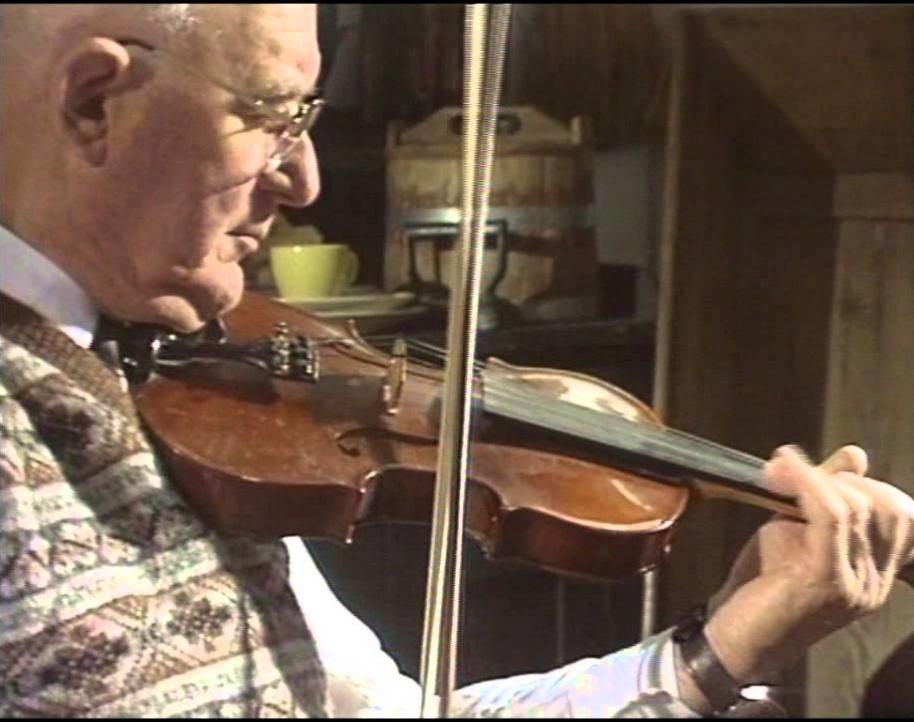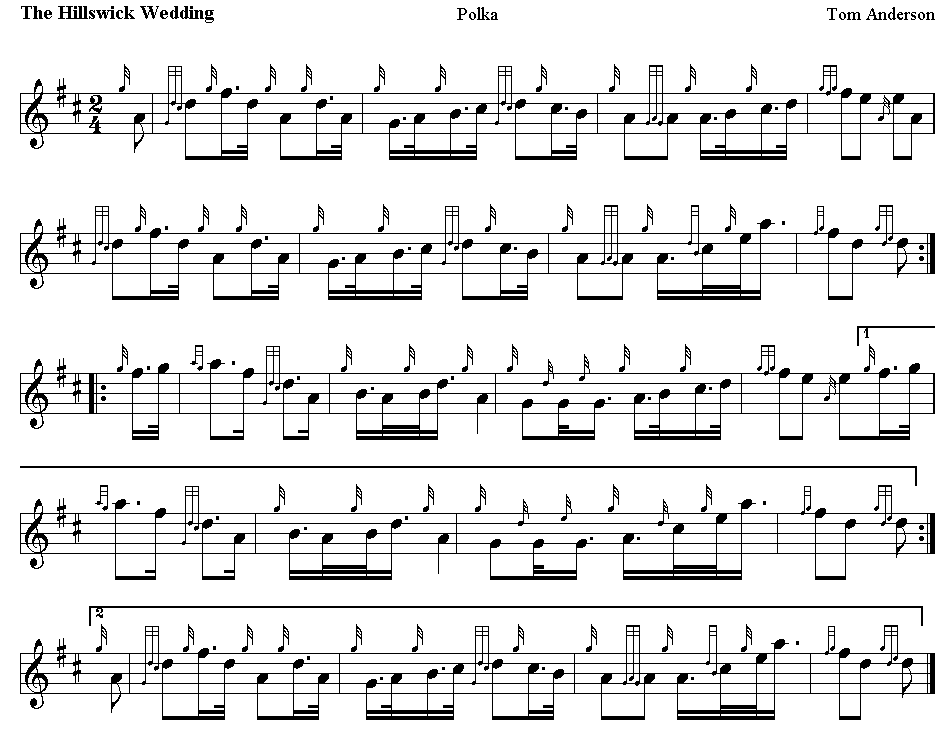 |
||

Best viewed in
|
Hillswick is a small village in Northmavine, on the shore of the Atlantic Ocean and lies to the north-north west of Mainland, Shetland, the most northerly group of islands in the United Kingdom. It is situated 35 mi from Lerwick. There is a community shop, a blacksmiths, a public hall, a health center, and a Church of Scotland kirk that is now mainly used for funerals, weddings and christenings. The Hillswick Wedding is by Shetland fiddler Tom Anderson. Bridal processions in Shetland used to be led by fiddlers, and this tune reflects that tradition. Tom (Tammy) Anderson MBE (1910–1991) was a Scottish fiddler, teacher, composer and collector of traditional tunes. He has been described as "...the most prominent personality in the entire history of Shetland fiddling." Born on ugust 29, 1910 on the "Moorfield" croft at Eshaness, Shetland Islands, Scotland. Anderson was the oldest child of James Anderson and his wife Harriet Margaret Johnson. Brought up in a musical home, he learnt to play the fiddle from his grandfather; as a teenager he played in local bands for weddings and dances in the Northmavine area. On leaving school he had various jobs in the area: fishing, helping to build Eshaness Lighthouse, laboring on a whaling station. Keen on radio, he assembled and sold radio sets locally and ran a battery charging service. He married Barbara Morrison a teacher in Esha Ness, on December 10, 1929 at the Ollaberry United Free Church. They had one child, James John Laurence, who died at the age of five weeks. In 1933 he became a local collector for the Pearl Assurance Company in Northmavine, then in 1936 moved to live in Lerwick. By this time he was a talented fiddle player with a wide repertoire of Scottish and Shetland tunes. He soon made his mark in Lerwick musical circles, playing with the amateur Lerwick Orchestra and in dance bands. When war broke out in 1939 Tammy's interest in radio took him into the RAF, ultimately as a radar mechanic, and he was posted to India. Here he encountered the many forms of Indian traditional music, and was inspired to begin a personal crusade to save what remained of Shetland's traditional fiddle music, after his demob and return home in 1945. The Shetland Folk Society was formed in 1945 to preserve Shetland's heritage and traditions, and he became one of its principal music collectors and leader of its Traditional Band. In 1948 he started the Islesburgh Dance Band and by 1960 he was still the leader (it disbanded in 1968) and playing tuba in Lerwick Brass Band. It was the first Shetland Hamefarin in 1960, when over a hundred Shetland emigrants returned home in a group to an organized welcome and holiday, that really brought him into the public eye. As part of the exiles' entertainment, a huge variety concert was planned in Lerwick, and traditional fiddle music was called for. The concert was opened by selections by forty ‘massed fiddlers fae aa ower’, whom Tom had collected together over the preceding winter, rehearsed and led. No other musician in Shetland had such breadth of knowledge and experience so he was the natural organizer for the massed Hamefarin Fiddlers. They captured the imagination of local audiences and found themselves in huge demand at local concerts. The result was that on June 29, 1960, in Islesburgh House, Lerwick, the Shetland Fiddlers' Society was formed and one of their first engagements was to play for Elizabeth II and Prince Philip in August that year. They were dubbed the Forty Fiddlers by reporter Magnus Magnusson during that Royal visit. Since that summer they've met almost every Wednesday night to practice their repertoire of traditional and contemporary Shetland tunes. Tom led the Fiddlers' Society for twenty years until 1980. By that time he was a very busy man indeed. He'd collected music intensively for twenty five years, and had edited a musical collection for Shetland Folk Society. From 1970 Anderson campaigned to have the fiddle taught in Shetland schools as part of the curriculum and, when successful. He became to first official fiddle teacher in the Shetland school system. His passion for his work in traditional music made him well known in Scottish traditional musical circles and was recognized by the award in 1977 of an MBE. He also taught outside Shetland; his first summer school class in traditional fiddling in Stirling University was held in 1978. In 1981 he became Doctor Tom – an honorary award from the university in recognition of his services to traditional music. Anderson died on September 20, 1991, in Montfield Hospital, Lerwick, five weeks after his 81st birthday. In his lifetime he taught hundreds of pupils. In 2010 Anderson was posthumously inducted into the Scottish Traditional Music Hall of Fame.
|
|

